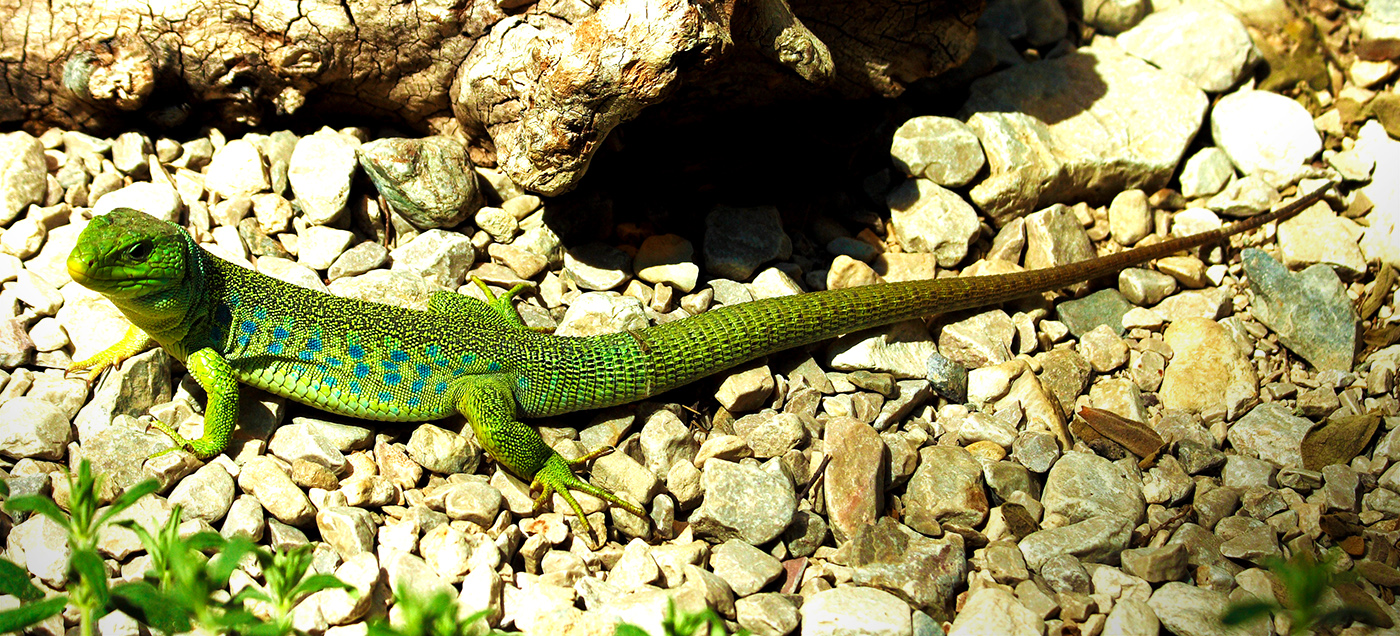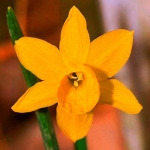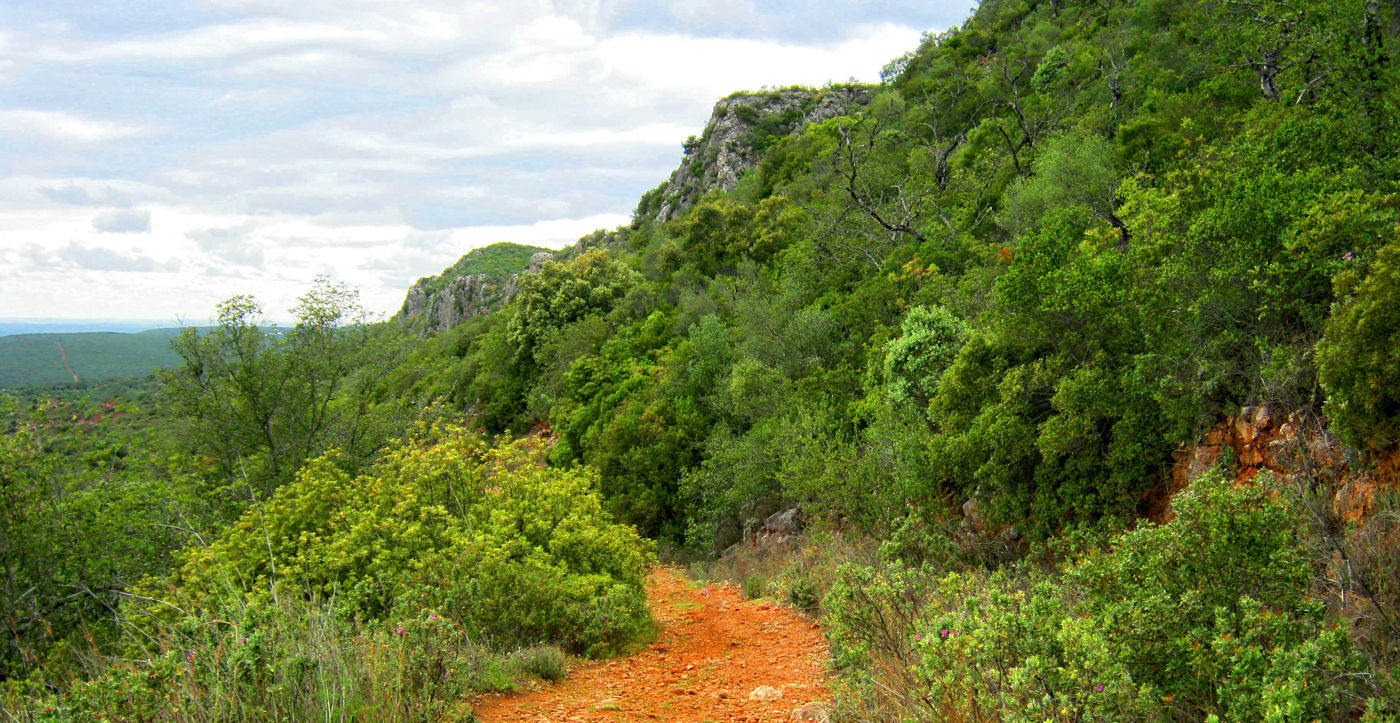• Eagle-owl (Bubo bubo) resident 1)
• Booted Eagle (Hieraaetus pennatus) Sep. 2)
• Bonelli’s Eagle (Aquila fasciatus) resident 3)
• Iberian Green Woodpecker (Picus sharpei) resident 4)
• Bee-eater (Merops apiaster) Mar.-Sep. 5)
• Ring Ouzel (Turdus torquatus) Oct.-Apr. 6)
• Golden Oriole (Oriolus oriolus) Apr.-Sept. 7)
• Alpine Accentor (Prunella collaris) Oct.-Mar. 8)
• Dartford Warbler (Sylvia undata) resident 9)
• Sardinian Warbler (Sylvia melanocephala) resident 10)
• Melodious Warbler (Hippolais polyglotta) Apr. -Sep.
• Woodchat Shrike (Lanius senator) Mar.-Sep.
• Booted Eagle (Hieraaetus pennatus) Sep. 2)
• Bonelli’s Eagle (Aquila fasciatus) resident 3)
• Iberian Green Woodpecker (Picus sharpei) resident 4)
• Bee-eater (Merops apiaster) Mar.-Sep. 5)
• Ring Ouzel (Turdus torquatus) Oct.-Apr. 6)
• Golden Oriole (Oriolus oriolus) Apr.-Sept. 7)
• Alpine Accentor (Prunella collaris) Oct.-Mar. 8)
• Dartford Warbler (Sylvia undata) resident 9)
• Sardinian Warbler (Sylvia melanocephala) resident 10)
• Melodious Warbler (Hippolais polyglotta) Apr. -Sep.
• Woodchat Shrike (Lanius senator) Mar.-Sep.
• Wryneck (Jynx torquilla) Apr.-Oct.
• Blue Rock-thrush (Monticola solitarius) resident
• Iberian Chiffchaff (Phylloscopus ibericus) Feb. -Sep.
• Orphean Warbler (Sylvia hortensis) Apr.-Aug.
• Red-rumped Swallow (Hirundo daurica) Mar. -Oct.
• Black Kite (Milvus migrans) Mar.-Aug.
• Hoopoe (Upupa epops) resident
• Red-necked Nightjar (Caprimulgus ruficollis) Apr. -Sep.
• Subalpine Warbler (Sylvia cantillans) Feb. -Oct
• Scops-owl (Otus scops) Mar.-Sept.
• Alpine Swift (Tachymarptis melba) Mar. -Sep.
• Blue Rock-thrush (Monticola solitarius) resident
• Iberian Chiffchaff (Phylloscopus ibericus) Feb. -Sep.
• Orphean Warbler (Sylvia hortensis) Apr.-Aug.
• Red-rumped Swallow (Hirundo daurica) Mar. -Oct.
• Black Kite (Milvus migrans) Mar.-Aug.
• Hoopoe (Upupa epops) resident
• Red-necked Nightjar (Caprimulgus ruficollis) Apr. -Sep.
• Subalpine Warbler (Sylvia cantillans) Feb. -Oct
• Scops-owl (Otus scops) Mar.-Sept.
• Alpine Swift (Tachymarptis melba) Mar. -Sep.
Common Bird Species | Rocha da Pena Trail
PLEASE NOTE: this list is not extensive;
• Chaffinch: Fringilla coelebs —-• Common Cuckoo: Cuculus canorus —-• Eurasian Jay: Garrulus glandarius —-• European Greenfinch: Carduelis chloris —-• European Crested Tit: Lophophanes cristatus —-• European Turtle-dove: Streptopelia turtur —-• Goldfinch: Carduelis carduelis —-• Great Spotted Woodpecker: Dendrocopos major —-• Grey Wagtail: Motacilla cinerea —-• Lesser Spotted Woodpecker: Dendrocopos minor —-• Little Egret: Egretta garzetta —-• Little Owl: Athene noctua —-• Long-tailed Tit: Aegithalos caudatus —-• Northern Goshawk: Accipiter gentilis —-• Peregrine Falcon: Falco peregrinus —-• Raven: Corvus corax —-• Redstart: Phoenicurus phoenicurus —-• Red Kite: Milvus milvus —-• Serin: Serinus serinus —-• Sparrowhawk: Accipiter nisus —-• Woodlark: Lullula arborea
Featured Animal | Rocha da Pena Trail
 Ocellated Lizard (Timon lepidus): walking in the Algarvian countryside, you would be excused if you thought that somehow a small South American iguana was sunbathing right in front of you. That’s because you’d have found the indigenous Ocellated Lizard – also known as ‘Eyed Lizard’ – which is the largest European wall lizard by a wide stretch (it sometimes reachs up to 90 cm/3ft). The species inhabits diverse natural and rural habitats in Iberia, southern France and northern Italy, showing a marked preference by arid and bushy areas such as Mediterranean scrubland, olive groves and vineyards. Its predominant colour is a greyish green, with flanks covered by distinguishing rows of striking turquoise spots (the ‘ocelli’, meaning ‘eyes’ in Latin, hence the name). Sporadically it preys on other reptiles, amphibians and small mammals, but it mainly feeds on insects. It is said that the Spanish conquistador Francisco Pizarro greatly appreciated a culinary specialty from its native Extremadura, called ‘lagarto con tomate’, a dish later made with tomatoes, onions and slices of Ocellated Lizard (tomatoes would only be widely cultivated in Europe after Pizarros’s death in 1541). Today, this meaty lizard is under strict legal protection in Portugal and Spain. Image: Lanzi
Ocellated Lizard (Timon lepidus): walking in the Algarvian countryside, you would be excused if you thought that somehow a small South American iguana was sunbathing right in front of you. That’s because you’d have found the indigenous Ocellated Lizard – also known as ‘Eyed Lizard’ – which is the largest European wall lizard by a wide stretch (it sometimes reachs up to 90 cm/3ft). The species inhabits diverse natural and rural habitats in Iberia, southern France and northern Italy, showing a marked preference by arid and bushy areas such as Mediterranean scrubland, olive groves and vineyards. Its predominant colour is a greyish green, with flanks covered by distinguishing rows of striking turquoise spots (the ‘ocelli’, meaning ‘eyes’ in Latin, hence the name). Sporadically it preys on other reptiles, amphibians and small mammals, but it mainly feeds on insects. It is said that the Spanish conquistador Francisco Pizarro greatly appreciated a culinary specialty from its native Extremadura, called ‘lagarto con tomate’, a dish later made with tomatoes, onions and slices of Ocellated Lizard (tomatoes would only be widely cultivated in Europe after Pizarros’s death in 1541). Today, this meaty lizard is under strict legal protection in Portugal and Spain. Image: Lanzi
Featured Plants | Rocha da Pena Trail
 The imposing cornice is populated by some endemic and rare plants including Narcissus calcicola, a species of daffodil from Portugal (pictured), and Bellevalia hackelii, a hyacinth. Also, being a largely calcareous outcrop, Rocha da Pena offers excellent ecological conditions for certain genus of wild orchids to thrive. A profusion of orchids, some rare and some more common, grows in Rocha da Pena. Its botanical richness and geomorphological features are the reason why Rocha da Pena is a ‘Special Protected Area’. The more interesting floral species and their flowering months, are:
The imposing cornice is populated by some endemic and rare plants including Narcissus calcicola, a species of daffodil from Portugal (pictured), and Bellevalia hackelii, a hyacinth. Also, being a largely calcareous outcrop, Rocha da Pena offers excellent ecological conditions for certain genus of wild orchids to thrive. A profusion of orchids, some rare and some more common, grows in Rocha da Pena. Its botanical richness and geomorphological features are the reason why Rocha da Pena is a ‘Special Protected Area’. The more interesting floral species and their flowering months, are:Orchids (found across the plateau and along the south face)
- Yellow Bee Orchid (Ophrys lutea): early February to mid-May;
- Bee Orchid (Ophrys apifera): mid-March to mid-June;
- Sawfly Orchid (Ophrys tenthredinifera): late January to mid-May;
- Mirror Orchid (Ophrys speculum): mid-February to mid-May;
- Bumblebee Orchid (Ophrys bombyliflora): mid-February to early May;
- Lusitanian Orchid (Ophrys lusitanica): mid-February to mid-May;
- Woodcock Orchid (Ophrys scolopax): mid-February to mid-May;
- Italian Orchid (Orchis italica): mid-February to early May;
- Early Purple Orchid (Orchis mascula): mid-February to late June;
Daffodils (found across the plateau and along the south face)
- Narcissus calcicola: late December to mid-April;
- Narcissus papyraceus: late November to mid-April;
- Narcissus gaditanus: mid-January to mid-March;
Other relevant species (plateau and south face)
- Scilla peruviana (Portuguese Squill) : mid-February to mid-May;
- Lavandula latifolia (Portuguese Lavender / Spike Lavender): June-September;
- Bellevalia hackelii: mid-february to mid-April;
- Allium pruinatum: mid-May to mid-August (also found along the north face);
Other relevant species (northeast plateau / part of the north face)
- Paeonia broteri: mid-February to late June;
- Erica lusitanica (Portuguese Heath / Spanish Heath): late November to early April;
Image top right: Olaf Leillinger

